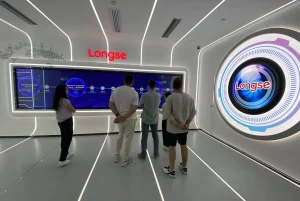As technology advances, video surveillance solutions are more effective, presenting incredible value for organizations and individuals. From facial recognition to AI-integrated smart monitoring cameras, numerous tools and technologies have been developed. All of them are to help monitor surroundings, reduce operating costs, and increase productivity. In this article, we will explore 8 video surveillance trends we expect to significantly impact the industry in 2023.
As technology advances, video surveillance solutions are more effective, presenting incredible value for organizations and individuals. From facial recognition to AI-integrated smart monitoring cameras, numerous tools and technologies have been developed to help monitor surroundings, reduce operating costs, and increase productivity.
The research offered in the following text has been prepared by Aipix Team. By analyzing market trends and technological developments, we’ve identified 8 of the most impactful trends with the potential to shape the future of surveillance technology.In this article, we will explore 8 surveillance tech trends we expect to significantly impact the industry in 2023. The research offered in the following text has been prepared by Aipix Team. By analyzing market trends and technological developments, we’ve identified 8 of the most impactful trends with the potential to shape the future of surveillance technology.
#1 Artificial intelligence is everywhere for actionable data
The average U.S. iPhone owner uses 1–2 gigabytes of LTE data per month, according to some studies. That data comes at an energy cost that’s opaque, because we can’t see it directly.
One of the most significant advancements in surveillance technology in recent years is integrating artificial intelligence (AI) into video analytics. Allied Market Research reports that the worldwide video analytics market is expected to continue increasing at a rate of over 400% and reach an estimated value of $21,778,000 by 2027. The increasing demand for AI-powered video surveillance solutions drives this significant industry growth.
Enterprises need a video surveillance system with artificial intelligence. As they generate valuable insights from collected data and automatically detect and send real-time security alerts. Humans are capable of monitoring multiple screens with the help of AI image detection. In addition, AI detects specific behaviors and alerts humans when threats are detected, increasing the system’s effectiveness while keeping a human in the loop. This allows security personnel to respond more quickly and effectively to potential security breaches, reducing the risk of damage or loss.
Companies that understand the security needs and recommend the ideal AI solutions will become more valuable to their customers. By providing AI-powered video surveillance solutions that can detect suspicious behavior, objects, and intrusions while collecting data and learning from prior incidents, companies can help their customers stay one step ahead of potential threats.
In addition, AI-powered video surveillance systems can provide valuable insights into customer behavior and preferences. It allows businesses to optimize operations and improve the customer experience. By analyzing customer traffic patterns, for example, retailers can identify the most popular areas of their store and adjust their product placement strategies accordingly.
The truth, of course, is that these people have been lying to you all along.
A federal government initiated report conducted by the Allen Consulting Group released in July 2011 proposed, amongst other detail, various standards of reporting criteria ranging from voluntary to a comprehensive evaluation conducted by qualified energy rating assessors
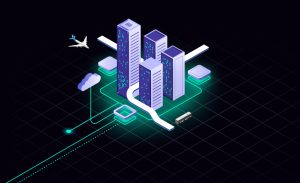
#2 Video Surveillance Trends for Solutions that Improve Cybersecurity
As technology in video surveillance continues to increase, the intersection between cybersecurity and physical security has become more critical than ever before. With the overwhelming amount of data being collected and transmitted across networks, organizations must take steps to protect their systems from cyber threats.
According to Cybersecurity Ventures, the number of enterprises planning to increase spending on cybersecurity increased by 69% in 2022. The significant increase in investment demonstrates the growing awareness of the need for strong cybersecurity measures to protect against attacks.
Effective cybersecurity entails a multi-faceted approach demanding attention to data privacy, secure use of technology, and investments in many things. For example, device-level cybersecurity, software and servers, cloud security, sensor distribution, and other measures. In addition, organizations must ensure that all their systems, including their surveillance systems, are protected against cyber threats.
The application of IoT and video surveillance analytics has created more opportunities for cyberattacks. For example cyber criminals can gain access to private video streams exposing personal information. While traditional systems pose threats, advanced cloud-based video surveillance solutions (VSaaS) improve security. Few opportunities exist to breach the network because there aren’t on-site firewalls or open ports. In addition, data is encrypted at all levels.
Investments in cybersecurity are necessary to ensure the security of video surveillance systems. Therefore, organizations must prioritize cybersecurity and implement robust security measures. So they can protect their systems and prevent cyber threats from compromising the integrity of their surveillance operations.
Working extremely long hours every day of the week might seem exciting at first, but it always leads to burnout.

#3 Reduced operating costs, maintenance, and software upgrades
Optimizing business operations through advanced video surveillance systems can help organizations compete. One way to reduce costs is by moving video storage infrastructure to the cloud. Cloud video surveillance systems can provide benefits by reducing hardware overhead, simplifying installation, and lowering maintenance and software upgrade costs.
Organizations that implement AI-powered video surveillance solutions will experience lifetime savings of 20-50% compared to traditional video surveillance systems. In addition, AI-powered systems can analyze video stream in real-time, reducing the need for manual monitoring. Also it enables faster response times to potential security threats. By automating these tasks, organizations can significantly reduce labor costs.
In addition, cloud-based video surveillance systems require fewer hardware components and have more straightforward installation procedures. It reduces upfront costs and minimizes the need for ongoing maintenance. Cloud-based video surveillance systems can also offer automatic software upgrades and patch management, reducing the burden on internal IT teams.
Cloud service end users optimize costs from high initial expenditures (CAPEX) by using a pay-per-use subscription model (OPEX), scaling as needed. VSaaS providers offer discounts and protection against future price increases with multi-year subscriptions. Subscriptions use today’s prices, which will not increase over the life of the subscription. VSaaS gives organizations predictability and consistency in video surveillance costs, allowing them to plan and budget more effectively.

#4 Unlimited artificial intelligence processing in the cloud – widespread video surveillance trends
The industry consensus is that the cloud is the best option for advanced AI processing. With cloud-enabled solutions, companies no longer need to invest in new hardware and software continuously. The cloud also provides businesses scalability, flexibility, and reliability, allowing them to add AI-driven features to their video surveillance systems.
AI-powered video surveillance solutions require significant processing power to analyze video feeds in real-time and detect potential security threats. By leveraging the unlimited processing power of the cloud, organizations can ensure that they have the resources needed to handle any workload.
When it comes to VSaaS, the end customer does not need to worry about capacity at all, they simply request to expand their subscription. They can also easily integrate new features or upgrades, allowing them to keep pace with the latest AI-driven video surveillance trends.
In addition, the cloud provides enhanced reliability and security for AI-powered video surveillance systems. With cloud-based solutions, organizations can benefit from built-in redundancy, disaster recovery, and cybersecurity measures. That ensures their systems are always available and secure.

#5 Cloud solutions as one of promising video surveillance trends
The growing demand for Video Surveillance as a Service (VSaaS) features has forced VMS and NVR vendors to implement cloud solutions. Over the past year, several major VMS vendors have announced additional cloud features, and all video management options are expected to have cloud features built in.
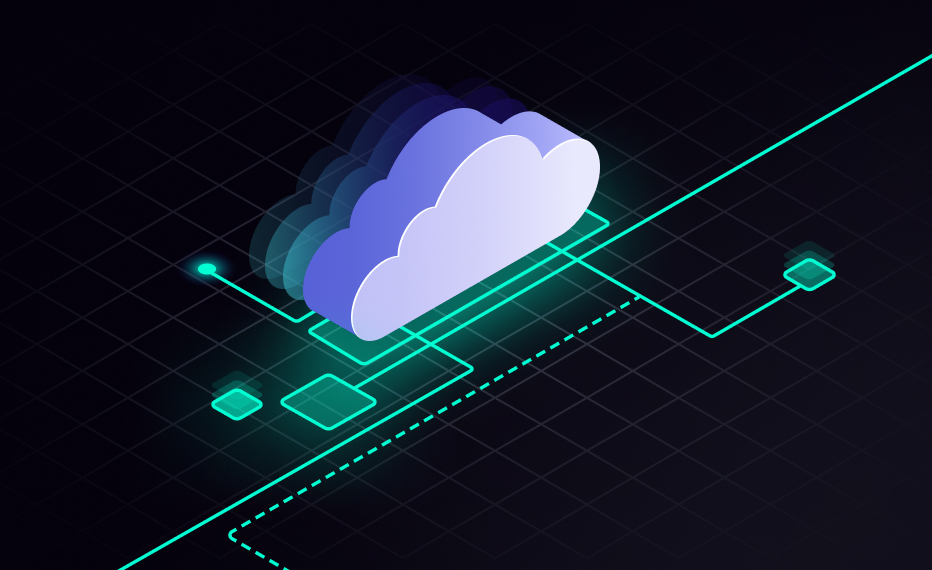
However, significant differences will still exist in how well cloud access works across service providers. Compatibility applies to latency, video quality, security, breadth of features available through the cloud, storage, analytics, and more. For example, some providers may offer limited cloud access or only support specific devices or video codecs. In contrast, others may offer more extensive cloud features that enable users to access their video from anywhere in the world with high security and reliability.
One of the main advantages of cloud solutions is secure remote access. With cloud storage, video feeds can be accessed and managed from any device with an internet connection. So it’s easier for users to monitor their assets and respond quickly to potential security threats. In addition, cloud solutions can provide more flexibility in terms of storage. They enable users to store their streams for more extended periods without having to invest in additional on-premises storage infrastructure.
However, cloud solutions also come with challenges, such as latency and reliability issues and potential concerns around cybersecurity. Therefore, it is essential for organizations to carefully evaluate different cloud solutions and their features before selecting one that meets their specific needs.
#6 Availability of high-resolution IP security cameras
Enterprises are increasingly purchasing higher-resolution cameras as they become more affordable. Over the past five years, high-resolution IP security cameras have tripled in size. The trend will continue as the demand for higher-quality video surveillance footage grows.
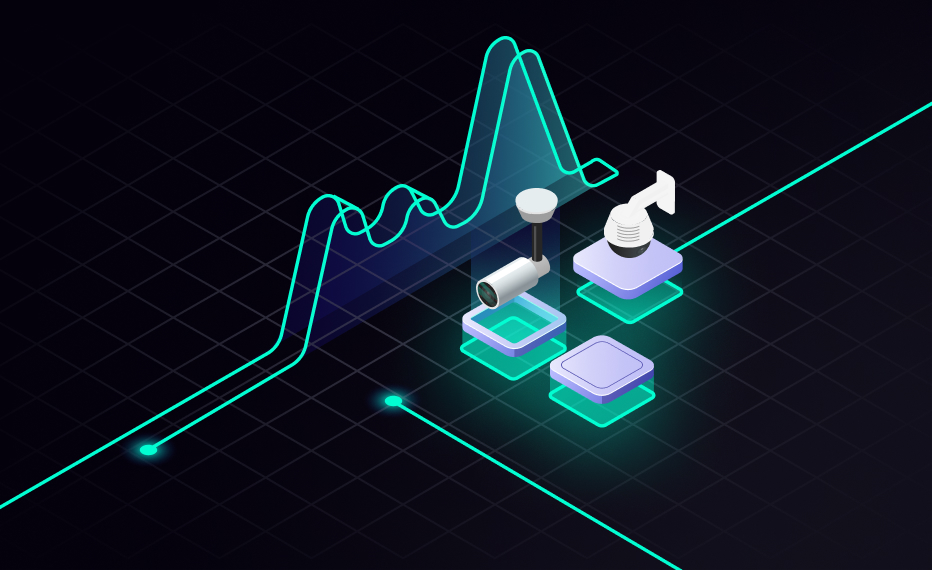
One of the critical advantages of high-resolution cameras is their ability to capture more detail, which can be especially useful for identifying specific individuals, objects, or concerning behavior. In addition, as the resolution increases, so does the ability to implement video analytics solutions, making video surveillance systems far more effective.
For example, with higher-resolution cameras, video analytics solutions can more accurately identify and track individuals or objects, such as license plates or faces, and even detect anomalies in behavior or motion. Advanced detection powered by high-resolution feeds can help organizations identify potential security threats quickly and respond immediately.
However, using high-resolution cameras also requires additional processing power and storage capacity. As a result, it is crucial for organizations to carefully evaluate their video surveillance infrastructure. For what? To ensure that it can handle the increased data load that comes with higher-resolution cameras. Cloud video surveillance allows to leverage the amount of processing and storage required, as the infrastructure is fully provided by the cloud video surveillance service provider and is flexibly expandable. As a result, VSaaS customers can efficiently use high-resolution cameras without having to worry about power and data processing and storage resources.
#7 Integrating video with access and communication systems
Video surveillance systems are often used with other security applications, such as access control systems, to provide a more comprehensive security network. For example, integrating video surveillance with access control systems allows organizations to easily monitor who enters and exits a facility.

In addition, integrating video surveillance with communication systems can provide real-time emergency response alerts during critical incidents. Automated communication can help organizations respond quickly to security threats and minimize the impact of an incident.
Cloud video surveillance solutions simplify integrating video with other security applications, as they can be centrally managed from a single dashboard. Seamless IoT integration reduces the equipment and maintenance required on-site. So it’s easier to manage and maintain the system from a central location.
Companies are also looking for advanced features such as video analytics with automatic alerts, which can help to reduce response times and improve security. For example, video analytics solutions can automatically detect specific behaviors or events, such as loitering or perimeter breaches, and trigger an alert for security personnel to investigate.
#8 SaaS models to improve reputation and customer loyalty
Customers expect immediate and convenient 24/7 customer support in today’s fast-paced business environment. While the expectation can be challenging for cloud-based video surveillance providers, leveraging SaaS models can provide superior customer support while reducing operational overhead.
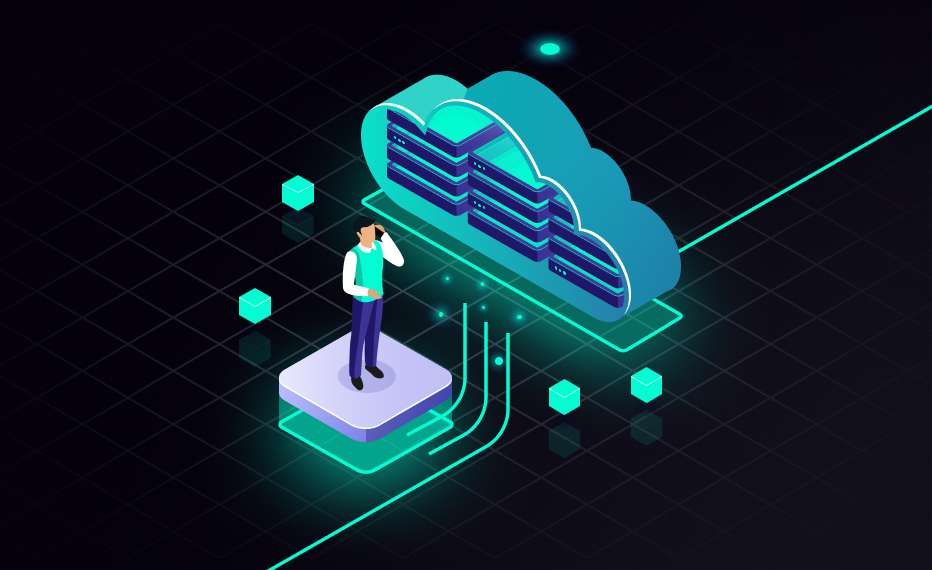
With cloud-based systems, technical support can solve problems remotely, reducing the need for companies to keep experts on the payroll. As a result, the model not only saves on operational overhead but also ensures that customers receive immediate assistance in a timely manner.
In addition, SaaS models are designed using customer feedback with the goal of developing user-friendly, easy-to-use products.
Superior customer service is one of the fastest ways to build customer loyalty and retain a favorable reputation. Public perception is critical in the highly competitive video surveillance market. Satisfied customers are incentivized to renew their subscriptions and recommend the service to others.
Capitalize on Video Surveillance Trends with Aipix
The video surveillance industry is rapidly evolving, and companies must stay current with the latest trends to remain competitive. The industry is moving towards a more integrated and efficient approach powered by AI and enabled by the cloud.
Aipix Telecom VSaaS Platform, an industry leader in cloud video surveillance services, is at the forefront of these trends. Aipix empowers Telecom operators and Service Providers to launch their own cloud-based video surveillance services and AI security services. As the industry continues to evolve, companies like Aipix will play a vital role in providing the most advanced and efficient solutions. The solutions can help to increase the market share by launching new services.
Discover how Aipix’s solutions can drive growth and innovation for your Telco business.



